From mine sales to expansion into nickel and aluminium smelting, coal producers in Indonesia are reducing their exposure to the commodity as finding financing for the “dirtiest” fossil fuel becomes increasingly difficult.
The south-east Asian country’s coal capacity is still growing, and the world’s top exporter also remains one of the biggest emitters of carbon, with environmental groups criticising Jakarta for its slow progress towards greener energy sources.
But corporate efforts to diversify underscore the scrutiny businesses are now facing amid the energy transition and concerns over long-term demand for coal.
“There are obviously growing [environmental, social and governance] pressures, and coal is front and centre in this discussion,” said Ray Gunara, president-director of Harum Energy, which has been expanding rapidly into nickel processing. “It’s very challenging for us to raise any money for anything that’s coal-related. It has been the case for the last few years.”
Harum is one of Indonesia’s smaller coal producers, but it is expected to be one of the first to make coal a minority business. It has not put any new funds into coal in the past five years. “We have simply been accumulating cash from the existing [coal] business and all that cash is going into growing our nickel business,” Gunara said.
The company plans to close its coal business when reserves run out in a few years. “Just by continuing business as usual, in six to seven years, the coal business would just slowly run its course,” Gunara said.
The company entered the nickel business in 2020 to tap into soaring demand for the metal used in electric vehicle batteries. It expects nickel to contribute about 60 per cent of revenues by the end of this year — a big jump from 11 per cent last year — and aims to double production capacity to 150,000 tonnes by the end of 2025.
Other coal producers are also transitioning. Indika Energy has launched electric motorbikes and solar power plants and sold some coal mines. It is aiming to reduce its coal business to 50 per cent of total revenues by 2025.
Adaro Energy, run by billionaire Garibaldi Thohir, is building an aluminium smelter and a hydro power plant. Last month, it announced a plan to spin off its coal business through a public offering valuing it at about $2.5bn.
An analysis by the Institute for Energy Economics and Financial Analysis shows that five of the seven major publicly listed Indonesian coal producers are investing in diversification.
“It’s very difficult to get financing, that’s the biggest problem,” said Ghee Peh, energy finance analyst at the IEEFA. Peh added that Adaro’s spin-off strategy was a model that could be replicated by its rivals.
In recent years, foreign banks have largely stopped financing coal operations, with Indonesian companies primarily securing financing from domestic institutions.
Adaro struggled to find funds for a $2bn aluminium project involving a coal power plant, the Financial Times reported last year, and in April, carmaker Hyundai called off an aluminium supply agreement with Adaro.
Despite diversification efforts, Indonesia’s coal capacity is still increasing and threatens its goal to reach net zero emissions by 2060.
The government banned the construction of new coal power plants in 2022 but granted a number of exceptions where construction could still proceed. New plants can be built for exclusive use within mineral processing sites and for other projects deemed as strategic to national interests.
The IEEFA’s Peh said two of the seven listed Indonesian coal producers had major expansion plans that would add an estimated 58mn tonnes of capacity. Indonesia produced a record 775mn tonnes of coal last year.
Coal is responsible for more than 60 per cent of electricity generated in Indonesia, with the country having abundant thermal coal reserves and being the world’s third-largest producer. China, India, Japan and South Korea are among the top buyers of Indonesian coal.
Developed countries have promised to provide $22bn in financing through public and private funds to help the country wean itself off coal. However, progress with the distribution of funds has been slow.
Coal remains a lucrative business as prices have climbed in recent years. Indonesian coal producers saw record profits in 2022. In August, Glencore, the world’s largest publicly listed coal producer, dropped plans to spin off its coal business after investors pushed the company to keep coal for better returns.
While smaller coal groups can pivot to other sectors more easily, it would be a challenge for others in the industry, said Harum’s Gunara. “For some of our larger peers, it would be more difficult for them to diversify to new areas and transform their coal business into a minority contributor. It would take a much longer time.”
Fitch Ratings expects funding access to further narrow in the next three to five years. “Companies that adopt meaningful diversification strategies that go beyond thermal coal [will] achieve better funding access compared with those that maintain conservative financial profiles with no diversification plans,” the rating agency told the FT.
Climate Capital

Where climate change meets business, markets and politics. Explore the FT’s coverage here.
Are you curious about the FT’s environmental sustainability commitments? Find out more about our science-based targets here




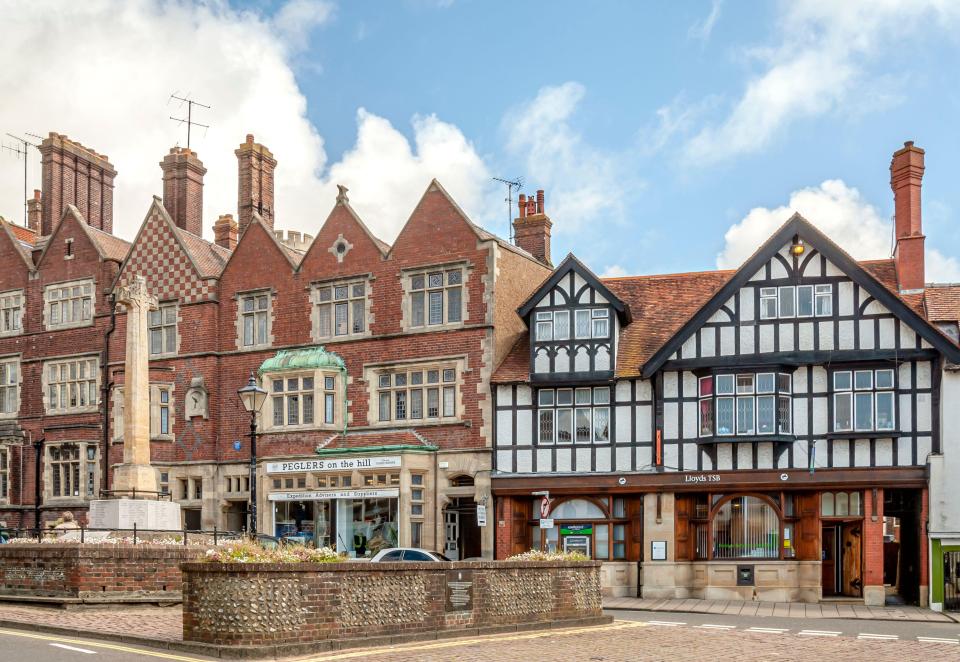
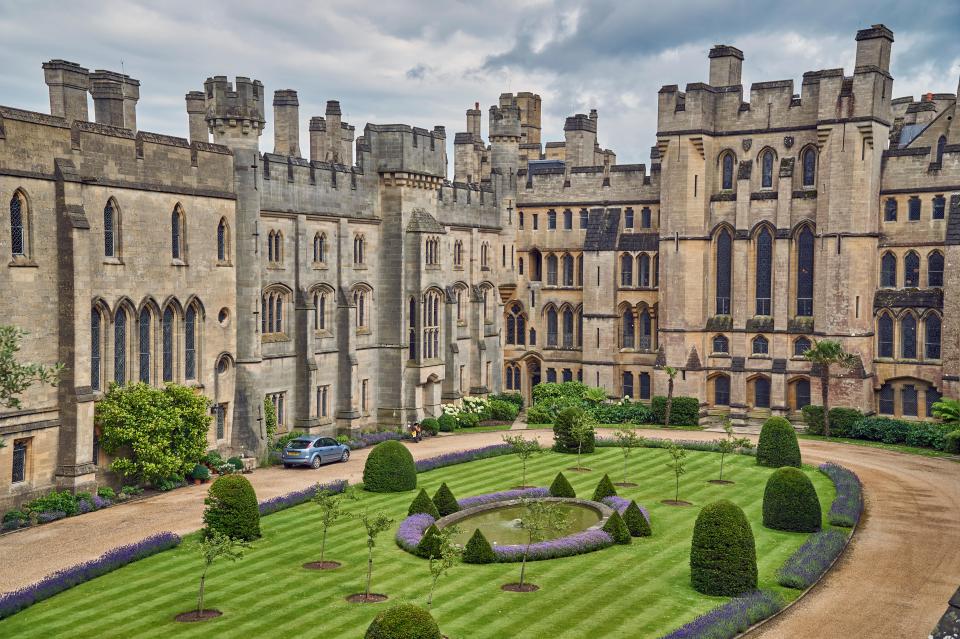

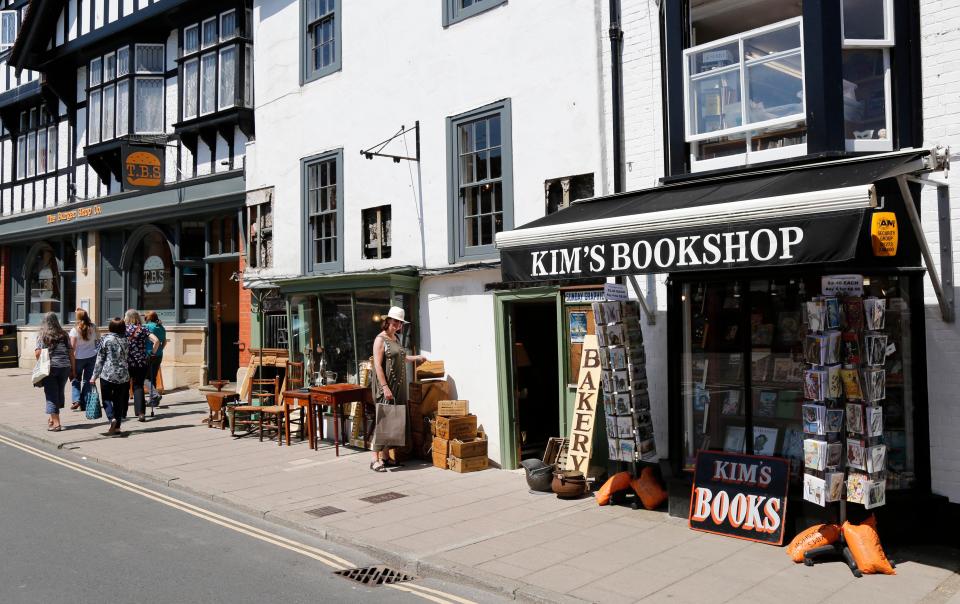
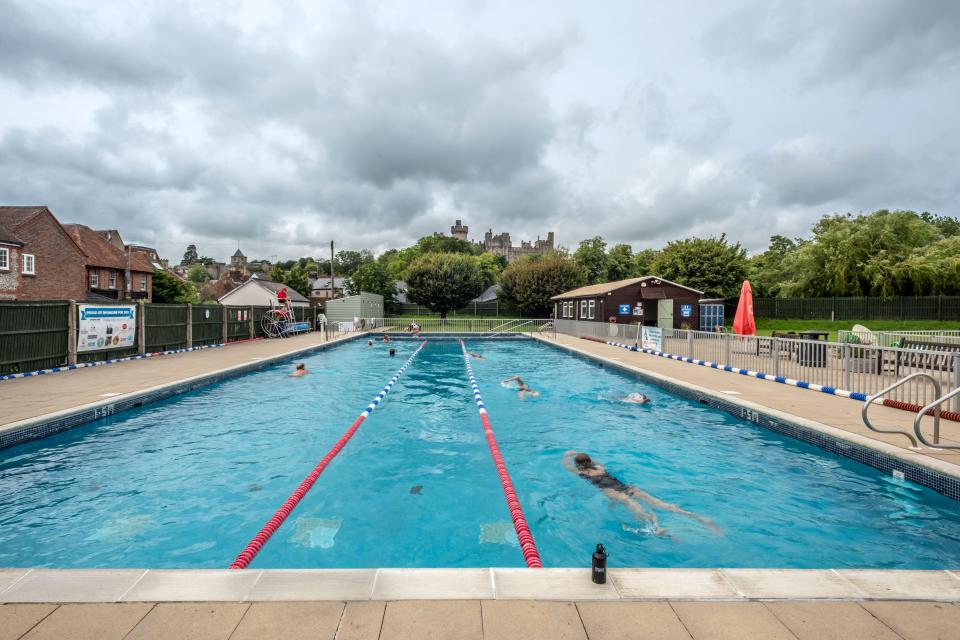
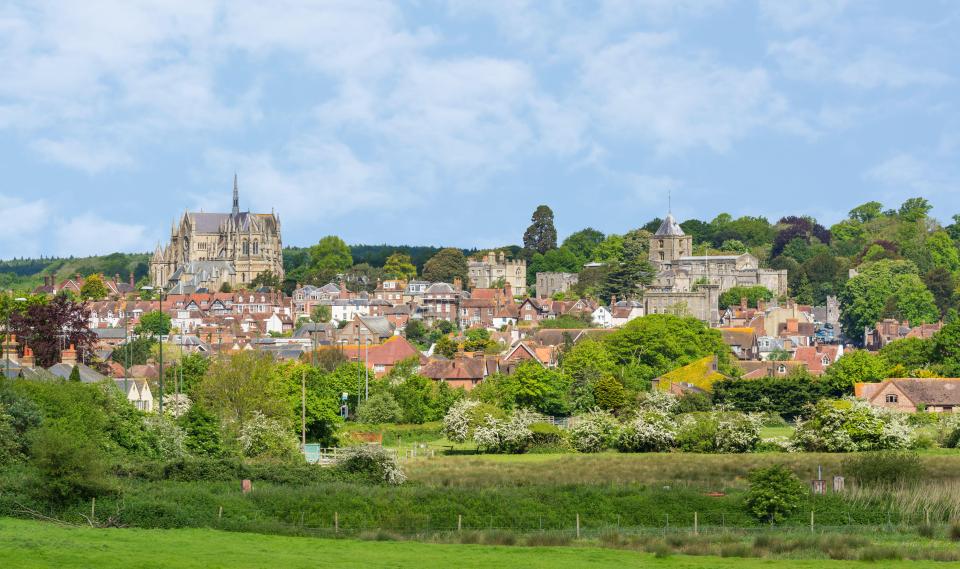
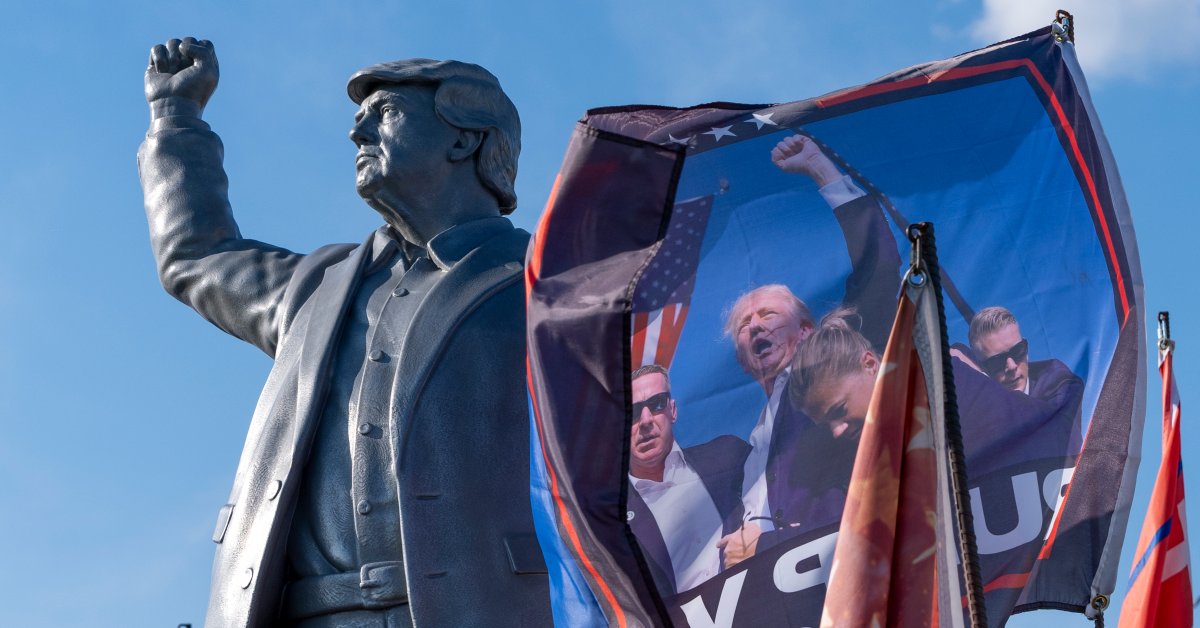
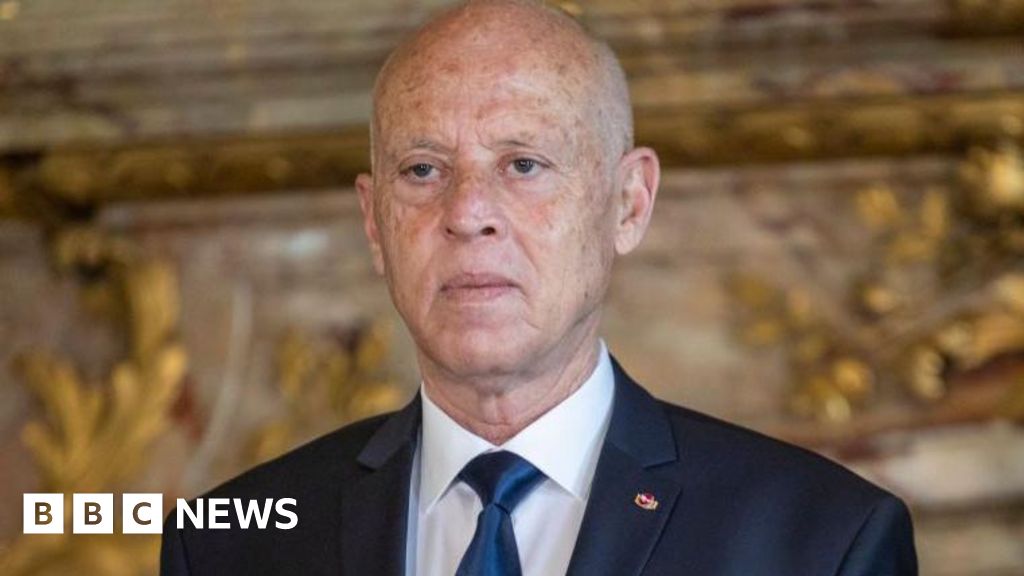

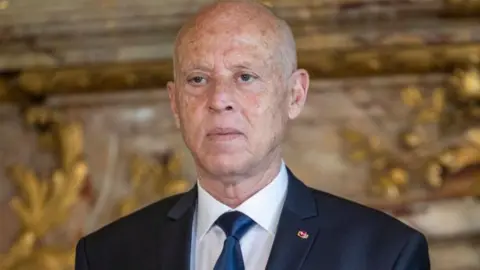

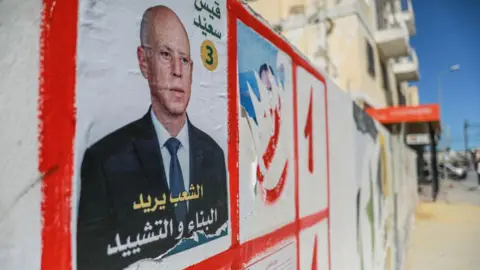

































































































































You must be logged in to post a comment Login